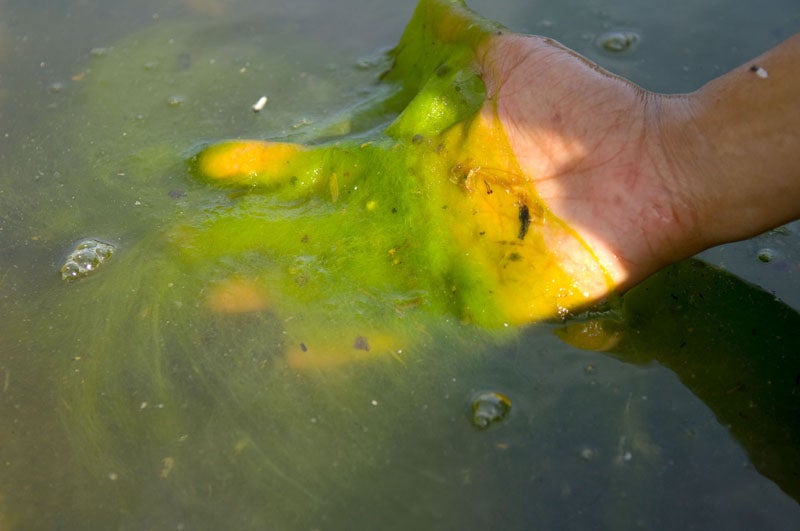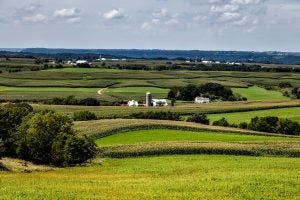
Photo: Eric Vance, US EPA
For a month now, South Florida Atlantic beaches have been blanketed by a sickly green, toxic algae sludge that has kept tourists away and caused local businesses to lose millions.
Florida has a bigger headache this summer than most states, but algae blooms are hardly unique.
Last week, more than 100 people were sickened from toxic algae in a Utah lake largely fed by agricultural runoff and treated sewage water. And just two summers ago, an outbreak in Lake Erie forced the City of Toledo to close off its water supply for nearly half a million residents.
Agricultural runoff also means wasted money for farmers, who can spend approximately half of their input costs on fertilizer.
There are ways to reduce the runoff that contributes to water quality problems and kills marine life, year after year. Algae blooms can be minimized and maybe even prevented if we scale up existing efforts to improve fertilizer efficiency and soil health – practices that can also save farmers money and boost their yields.
Two initiatives and private-sector partnerships are making real headway in doing just that. And if these efforts are replicated at scale, they could have a national – and even international – impact. Read More »











 The U.S. Senate will confirm the Secretary of Agriculture today, empowering former Georgia Governor Sonny Perdue to lead an agency with a $155 billion budget, some 100,000 employees and ultimate responsibility for our nation’s food security.
The U.S. Senate will confirm the Secretary of Agriculture today, empowering former Georgia Governor Sonny Perdue to lead an agency with a $155 billion budget, some 100,000 employees and ultimate responsibility for our nation’s food security. Like all Americans, I woke up on November 9 to a new reality: A few more Democrats in Congress, and yes, a President-elect who promised to dismantle our nation’s core environmental protections.
Like all Americans, I woke up on November 9 to a new reality: A few more Democrats in Congress, and yes, a President-elect who promised to dismantle our nation’s core environmental protections.